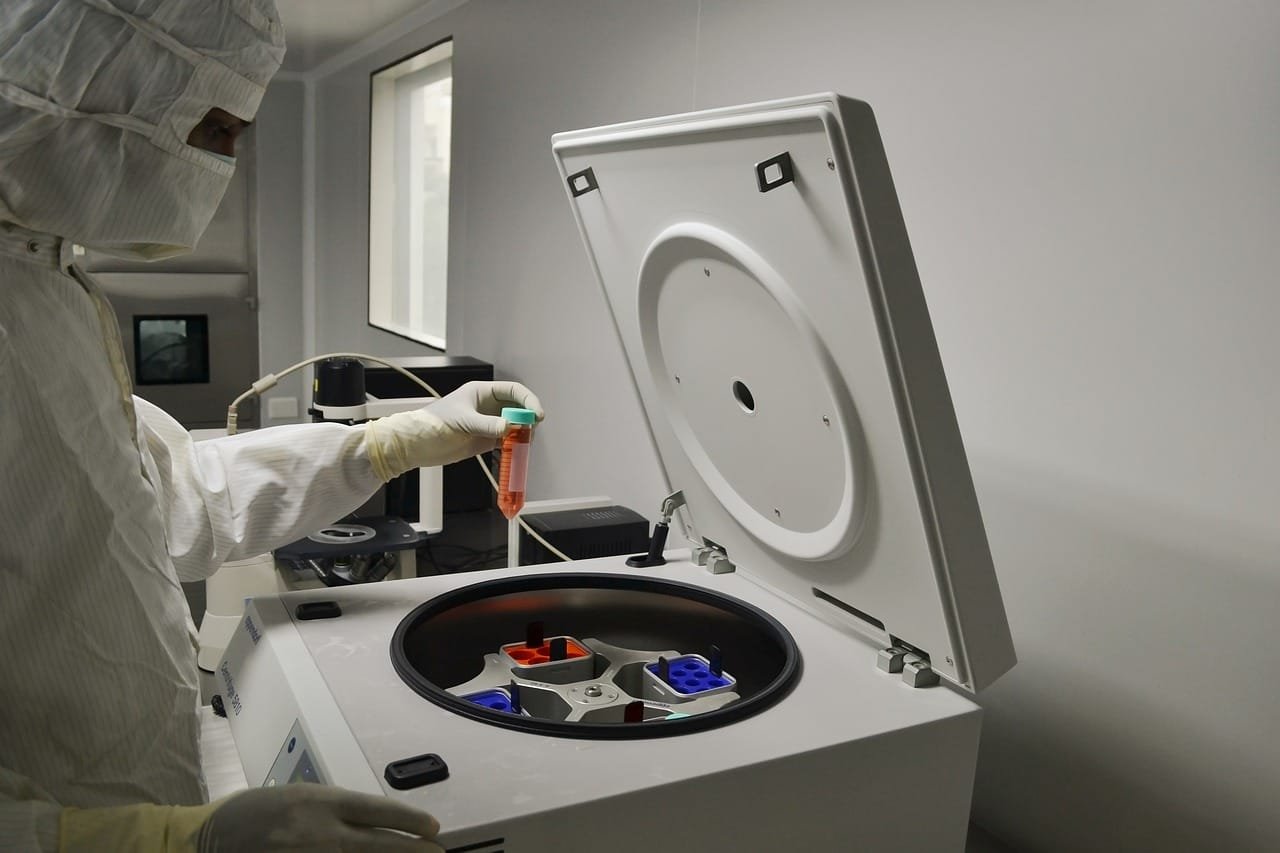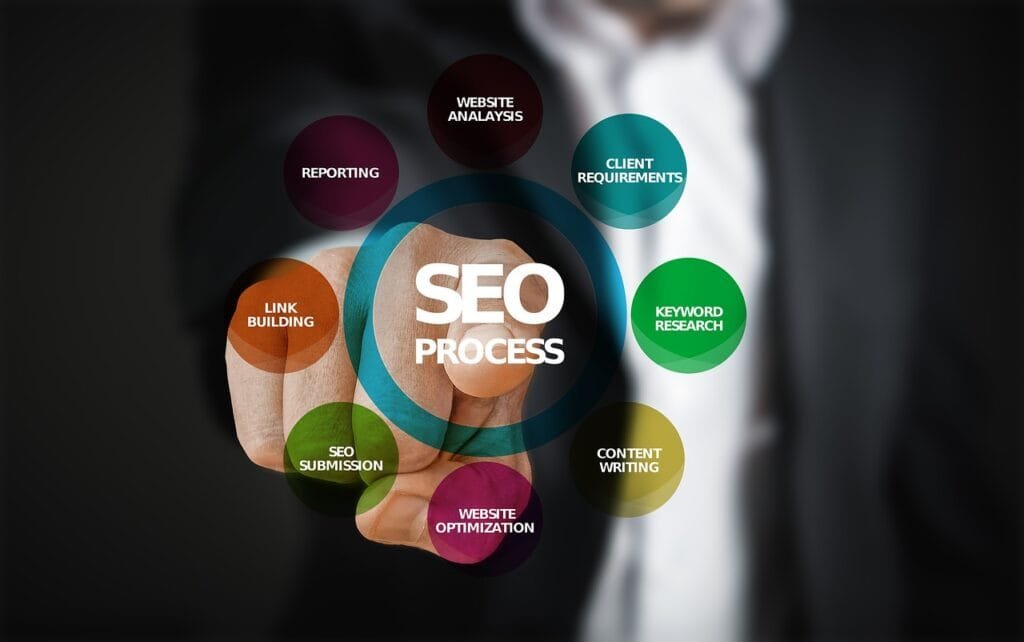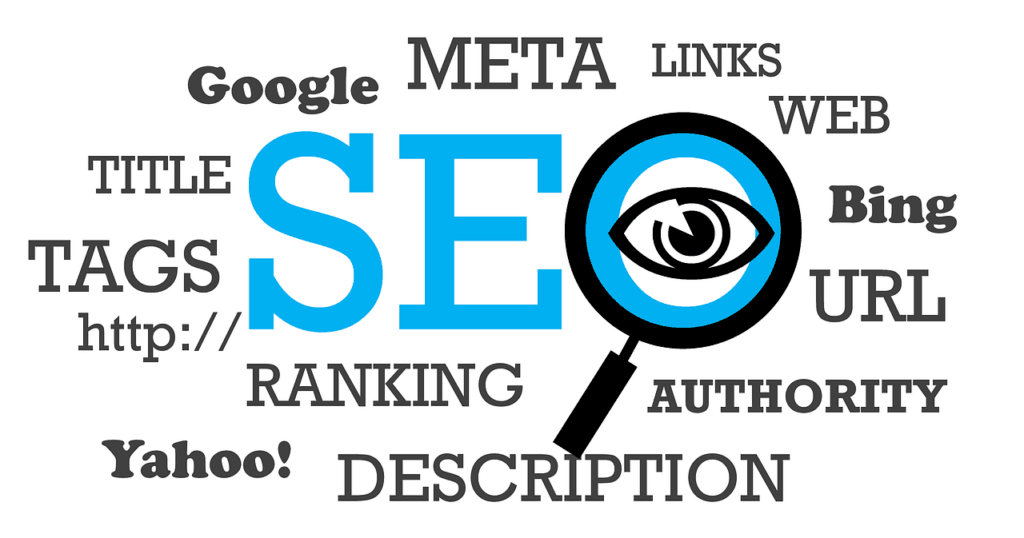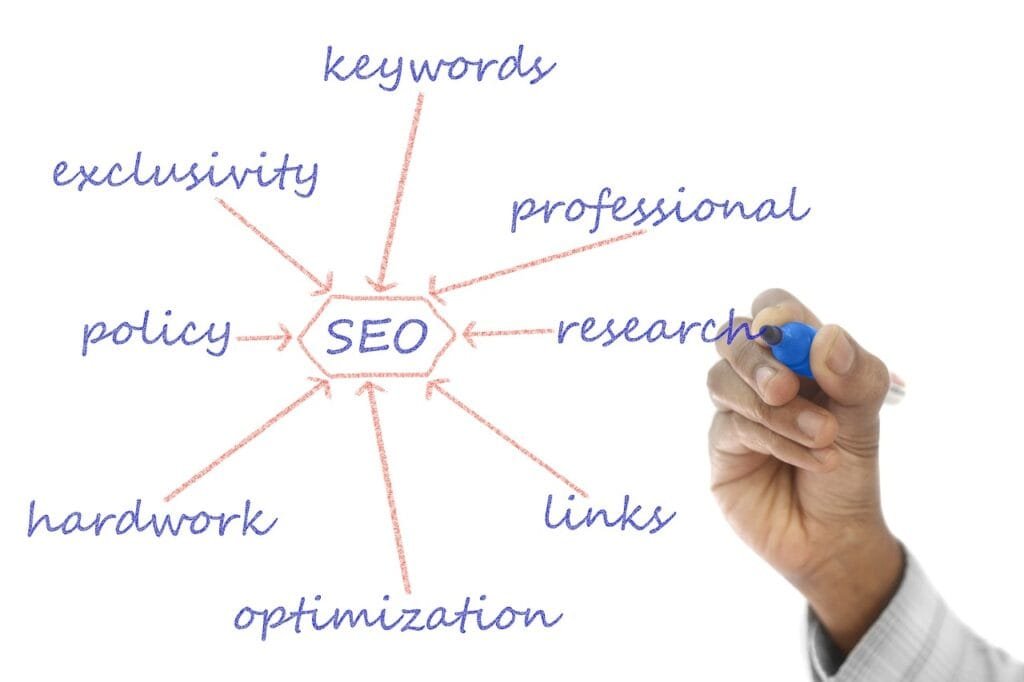In the dynamic world of biotechnology, innovation knows no borders. Breakthroughs and advancements are a global narrative, echoing in labs, universities, and firms worldwide. However, while science, in its essence, is a universal language, the conduit that communicates these advancements—content—is not. This is where the pivotal role of optimizing multilingual content for biotech firms steps into the limelight.
In an industry as globally interconnected as biotechnology, the necessity of communicating effectively with a diverse audience is not just a requirement but a mandate. It’s about crossing the linguistic barriers to ensure that the innovation resonates across geographies, cultures, and languages. It’s not just about being heard; it’s about being understood, valued, and trusted.
The Imperative of Multilingual Content Optimization
As the biotech firm’s innovations touch lives globally, the content that narrates this innovation journey needs to be as diverse, dynamic, and inclusive as the audience it aims to reach. But, how does one ensure that content isn’t lost in translation? How does one optimize multilingual content to ensure that it resonates with equal vigor, authenticity, and impact across languages and cultures?
Building Bridges Across Language Divides
Optimizing multilingual content isn’t merely a process of translation. It’s an intricate art of creating content that’s contextually relevant, culturally resonant, and strategically aligned with SEO dynamics of varied geographies. Every region, every language has its unique SEO landscape, audience behaviors, and content consumption patterns. It’s about mapping the content to fit these diverse terrains.
Transcreation: The Art of Contextual Relevance
One of the critical pillars of optimizing multilingual content is ‘transcreation.’ It’s beyond translation. It’s about recreating content that’s contextually, culturally, and linguistically aligned with the target audience. It’s not about words; it’s about the essence, the sentiment, the context. It ensures that content, especially in the nuanced field of biotechnology, is not just linguistically accurate but also contextually relevant and engaging.
Cultural Intelligence in Content Creation
In the global landscape, cultural intelligence becomes a critical asset. It’s about understanding the subtle, often unspoken, cultural nuances that shape content consumption. From the color palettes, imagery, to the tone of communication, every element needs to be culturally aligned. For biotech firms, where content often communicates complex, sensitive, and impactful information, cultural intelligence ensures that the message is both scientifically and culturally accurate.
SEO Landscape Diversity
Every language and region has a distinct SEO landscape. The algorithms, the keyword trends, the audience behaviors – every element is dynamic and diverse. For biotech firms, understanding this diversity is critical. It’s about customizing the SEO strategies to fit into the unique digital ecosystems of varied languages and regions. Customized keyword optimization, local SEO strategies, and regional digital trends become critical levers.
Localized Keyword Optimization
Keywords are the bridges that connect content with audiences. In the multilingual context, keyword optimization is not a linear process. It’s about understanding the local search behaviors, the regional SEO trends, and customizing the keywords to fit these local dynamics. It’s a blend of linguistic accuracy and SEO relevance. Tools and analytics geared towards regional SEO trends can provide invaluable insights.
The Algorithm Alignment
SEO algorithms are not universal. They are customized, aligned with the regional digital dynamics. For optimizing multilingual content, aligning with these diverse algorithms is crucial. It’s about understanding the local SEO dynamics, the algorithm patterns and customizing the content to be algorithm-friendly. The technical SEO, the backend optimization, the metadata – every element needs a localized touch.
Regional Audience Engagement Patterns
Every audience has its unique content engagement patterns. The content consumption behaviors, the interactive patterns, the digital footprints – every region has its distinct landscape. For biotech firms, mapping this landscape is crucial. It’s about creating content that’s not just linguistically aligned but is also engaging, interactive, and audience-friendly in the regional context.
Content Format Diversity
The format of content also plays a crucial role. Videos might be a hit in one region, while infographics might rule in another. Understanding the regional content format preferences and customizing the content formats accordingly can significantly enhance content engagement and SEO rankings. For complex biotech content, choosing the right format is crucial to ensure clarity, engagement, and impact.
Cultural Sensitivity in Content Creation
For biotech firms, the content is often complex, filled with technical jargon and intricate data. When this content goes multilingual, another layer of complexity is added – cultural sensitivity. Each region has its cultural nuances, values, and taboos. The content must be not only translated but also transformed to fit into these cultural frameworks. It involves linguistic expertise, cultural insights, and a touch of localization.
The Technology Integration
Technology plays a pivotal role in optimizing multilingual content. From translation tools to SEO analytics, the technology ecosystem is rich and diverse. For biotech firms, integrating this technology can streamline the multilingual SEO process. Artificial Intelligence, machine learning, and advanced analytics can offer real-time insights, automated translations, and dynamic content optimization.
Multilingual SEO Analytics
SEO analytics is the compass that guides the content to its audience. In the multilingual context, this analytics becomes multi-dimensional. It’s about tracking the content performance across diverse digital landscapes, languages, and regions. Customized analytics tools, regional SEO insights, and dynamic tracking metrics are essential for optimizing multilingual content for global reach.
Future Trends: The AI and Machine Learning Revolution
The future of multilingual content optimization is dynamic, with AI and machine learning leading the revolution. For biotech firms, this translates into automated translations, dynamic content optimizations, and real-time SEO insights. The content can be optimized in real-time, aligned with the dynamic SEO trends, and made responsive to the regional digital behaviors. It’s about making the content globally competent and locally relevant.
User Experience and Navigation for Multilingual Websites
An essential aspect of multilingual SEO is user experience and navigation tailored to different language speakers. The website should not only translate language but also adapt its interface, navigation, and structure to meet the expectations and habits of different cultural groups. It involves designing a user-friendly interface, easy navigation, and culturally relevant visuals and graphics.
Mobile Optimization in Different Regions
In several countries, mobile use surpasses desktop. It’s critical for biotech companies to ensure their multilingual websites are mobile-optimized. It’s not just about responsive design but also ensuring that the mobile experience is tailored to the users of a specific language and region, considering their unique behaviors, preferences, and accessibility issues.
Legal and Ethical Considerations
When going global, biotech firms must consider the legal and ethical standards of different countries. It involves content compliance, data privacy, digital ethics, and regional legal norms. The multilingual content should be not just linguistically apt but also legally sound, ensuring that it adheres to the legal frameworks of different countries.
The Role of Artificial Intelligence
AI is revolutionizing multilingual SEO. For biotech firms, AI can offer personalized content experiences for different language speakers. It can adapt content, visuals, and interfaces in real-time, offering a tailored digital experience based on the user’s language, region, and cultural background. It ensures that the content is not just translated but transformed.
Content Strategy for Multilingual SEO
A content strategy tailored for multilingual SEO involves creating content that resonates with the audience of different regions. It’s about understanding their challenges, interests, and needs and crafting content that addresses them effectively. It’s a mix of global consistency and local adaptability, ensuring that the core message remains intact while the content is culturally and linguistically adapted.
Adaptation of Visual Content
Visual content, including images, videos, and infographics, needs to be adapted to suit the preferences and expectations of different cultural groups. It involves selecting visuals that are culturally appropriate, relatable, and engaging for different audience segments, enhancing the overall content impact and engagement.

Related: Check out our free SEO suite

Analytical Tools for Multilingual SEO
The incorporation of analytical tools is a pivotal step to optimize multilingual content effectively. Biotech firms should leverage sophisticated analytics to glean insights into the behavior, preferences, and interaction of international audiences with their content. Google Analytics, SEMrush, and Ahrefs, among other tools, offer features that can track and analyze data by language and location. The insights derived are integral for refining SEO strategies, identifying high-performing content across different languages, and recognizing areas for improvement.
Regional Search Engines Optimization
Though Google is a dominant player in the search engine market, there are regions where other search engines are more popular, like Baidu in China, Yandex in Russia, or Naver in South Korea. It’s critical to optimize multilingual content for regional search engines. This involves understanding their unique algorithms, SEO practices, and user behavior to rank higher and become more visible to the target audience in specific locales.
International Keyword Research
Keyword research is foundational in SEO, and for multilingual content, it takes a nuanced approach. It is not just about translating keywords but understanding the search behavior, terminologies, and phrases that are commonly used by the native speakers in their language. Various tools can assist in this intricate process, ensuring that the content is optimized with the right set of keywords that resonate with each linguistic group.
Multilingual Content Marketing
Multilingual content marketing strategies should be aligned with SEO efforts. It involves disseminating content through the right channels and platforms popular in specific regions or among different language speakers. Social media platforms, forums, and online communities vary in popularity across different countries, and understanding this dynamic is vital for effective content distribution and engagement.
Cultural Sensitivity in Content Creation
Content should be crafted with a keen eye on cultural nuances. Every piece of content, from blogs to whitepapers, should consider the cultural norms, values, and taboos of the target audience. For biotech firms, this sensitivity is essential to communicate complex scientific concepts effectively and respectfully to a diverse audience.
Machine Learning in Content Optimization
Machine learning algorithms are becoming increasingly sophisticated, offering personalized content experiences. For multilingual SEO, these algorithms can analyze vast sets of data to identify patterns and trends in user behavior across different languages. It aids in real-time content adaptation, ensuring that each user interacts with content that’s most relevant to their language and cultural context.
Final Thoughts
In an era where biotech firms are transcending borders, multilingual SEO emerges as a linchpin for global visibility and engagement. It’s a multifaceted endeavor where linguistic accuracy, cultural sensitivity, and technical precision converge. Every piece of content becomes a bridge, connecting groundbreaking biotech innovations with diverse global audiences, ensuring that the revolutionary impacts of biotech are not just global in their application but also in their communication and perception.
Navigating the complex landscape of multilingual SEO is a journey of continuous learning and adaptation. It’s about listening to diverse voices, understanding varied contexts, and crafting content that’s not just linguistically accurate but also culturally resonant and contextually relevant. In this journey, every piece of content is an opportunity to connect, engage, and inspire a global audience, bringing the transformative power of biotech closer to people, one language at a time.
READ NEXT:
- SaaS Content Repurposing: Extending the Reach of Existing Content
- User-Generated Content: Harnessing Reviews and Testimonials for Alternative Energy Startups
- Beginner’s Guide: How to Conduct Effective Keyword Research
- Veterinary SEO: A Step-by-Step Guide
- Navigational SEO for Sustainable Online Retailers




















Comments are closed.